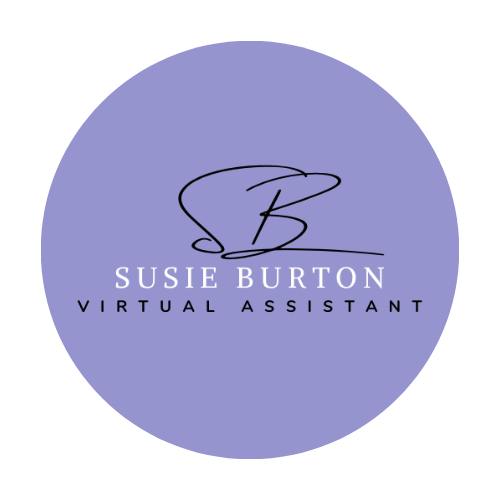
Procrastination is something we’ve all been guilty of now and then. (My particular form of procrastination includes chips, coke (the drink), and excessive organizing).
Whatever the specifics, I think it stems from a perception that the project will be difficult, expensive, or confusing. The key word is perception.
How then, can we get moving when stalled on a new project? Below are some tactics that have worked for me.
Know what you need to know and what you don’t. There are some projects where it is essential to understand exactly how something is set up. There are others where you only need to know enough to keep things going. Take setting up an email newsletter, for example. If setting up Mailchimp or Constant Contact is not intuitive for you, and you’re wasting hours doing something you don’t love, let someone else do the initial setup. You can still handle it monthly from there, even if you were not the one to build it in the first place.
Ask the question: Do I need more information? Sometimes we need to do research to get started with a project; sometimes we already have all the information. If you need more information, make a plan with concrete steps as to how to get it. If you have everything, look at it all together so you can see the big picture of the project to feel more confident.
Only ask for feedback from people who know what they are talking about. While it’s nice to have the support of family and friends, ask yourself how much they really know about the decision you’re trying to make. For instance, when it comes to choosing software to run my business, I listen to others who have made this decision before me. Asking for too much input is often just another way of procrastinating.
Break the project into categories. Something like redesigning your website can seem like a huge task. But if you break it down, you’ll see more manageable chunks of work. In this case, start with the homepage and make a list of what you want to include – things like Facebook and LinkedIn social media icons, a headshot of yourself, a testimonial from a client, and a link to your calendar. The point is to be as specific as you can.
Don’t keep the details in your head – write them down. When I don’t have a written plan, I can spend hours spinning my wheels trying to remember what I’ve done and what to do next. Spend time upfront to write a detailed plan in order to see the entire project. It will save time and work (and I get to use one of my many, many notebooks!).
Leave perfectionism behind. It’s better to get started and improve the work rather than wait until you have every detail just right. You’ll learn as you go and make it better over time. Businesses evolve all the time – so develop the improvement muscle and you’ll be able to stay on top of the needs of your business.
Overall, the hardest part of any new project is getting started. Apply these six simple ideas and put an end to procrastination!
